Cacomistle, as a New World native, ranges from southern Mexico to western Panama.
The name is of Nahuatl origin. In Nahuatl, tlahcomiztli means "half cat" or "half mountain lion."
One of cacomistle's common names, ringtail, is shared with the related Ring-tailed Cat (Bassariscus astutus), affectionately nicknamed "Miner's Cat," whose range extends further north, up to the Pacific Northwest in the United States. One difference between cacomistle and the Miner's Cat is in their claws: unlike the latter, cacomistle's claws are not retractable.
With a proclivity for solitude, cacomistle stakes an ideal territory of at least 20 hectares (49.4 acres).
Cacomistles may be seen as environmental indicators, for they prefer forest habitats and therefore are susceptible to effects of deforestation.


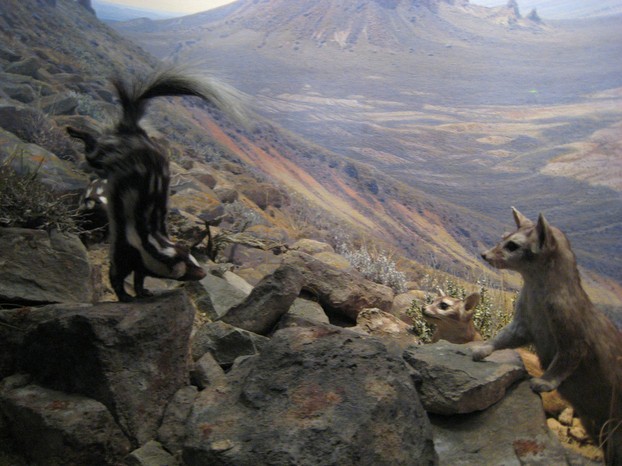
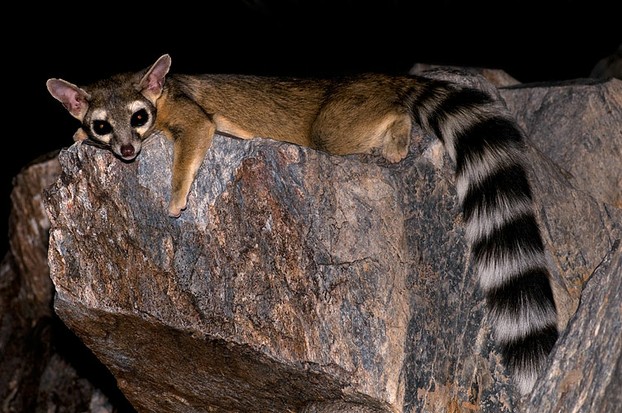
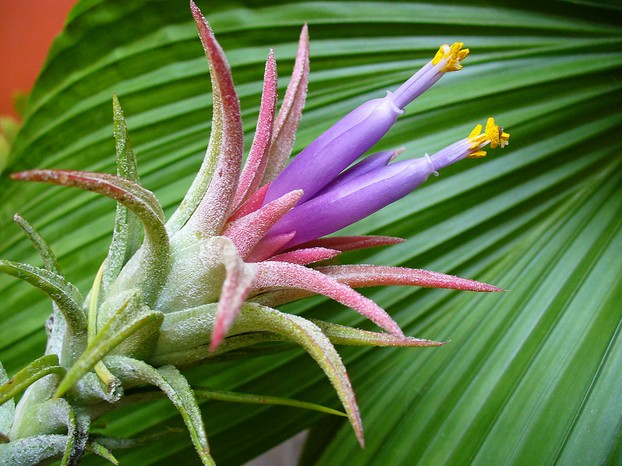
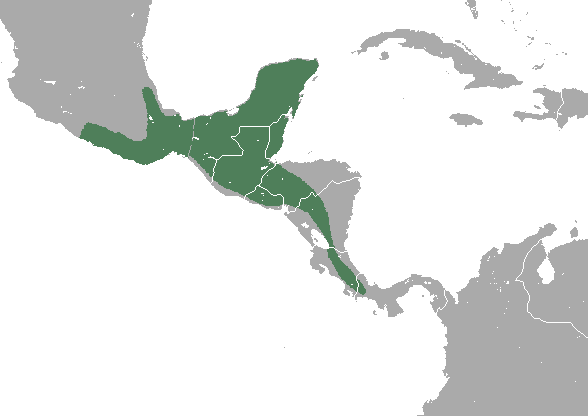
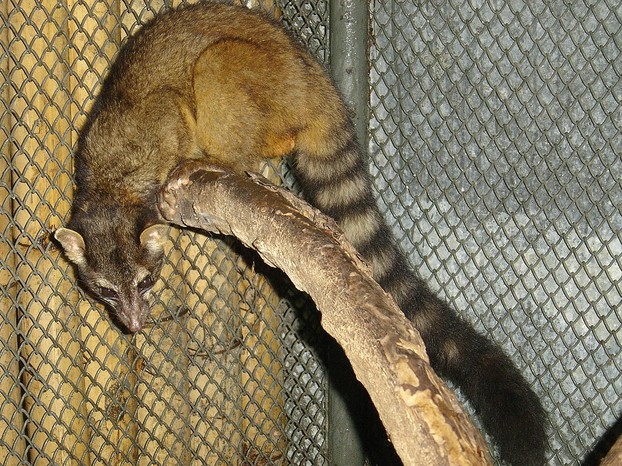
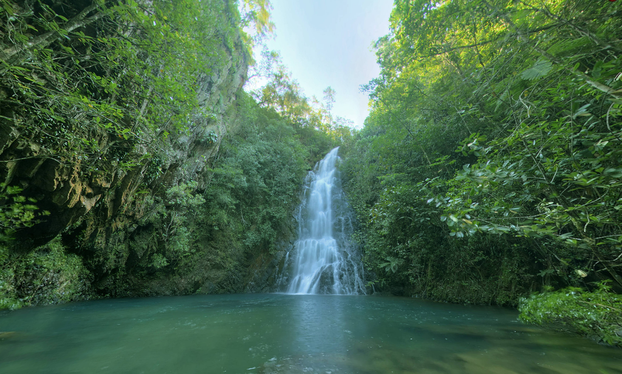
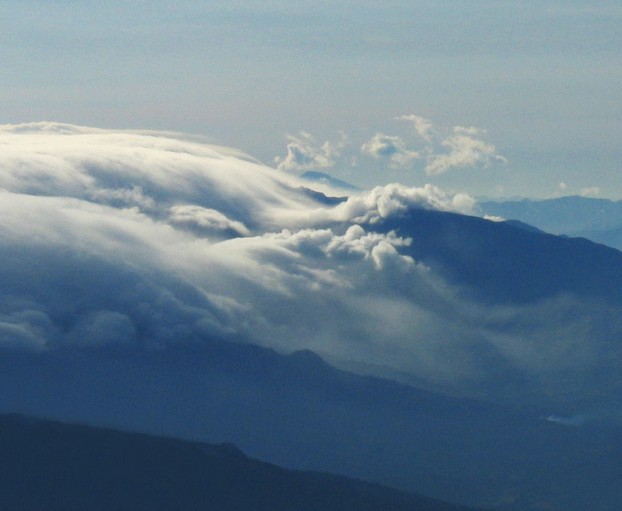
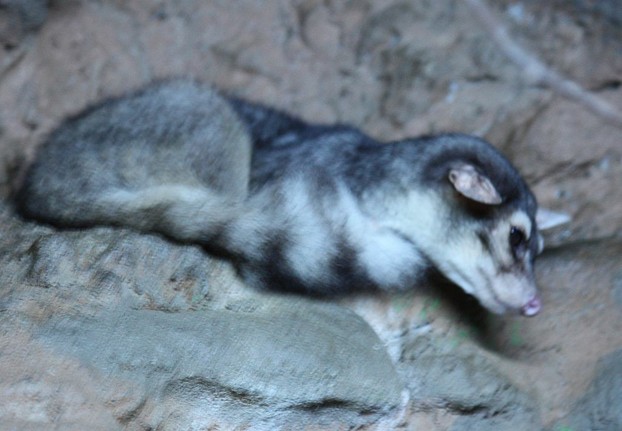
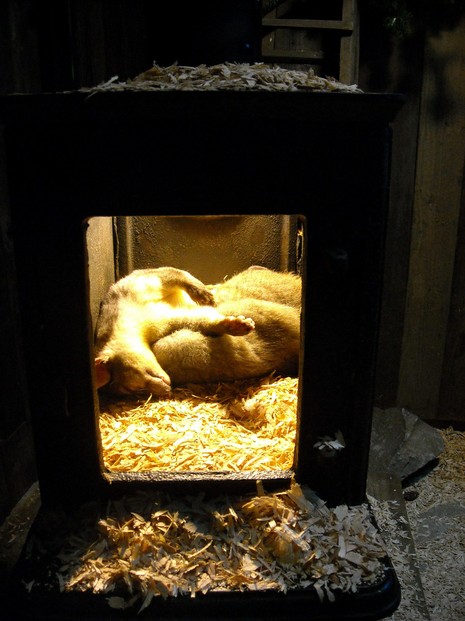




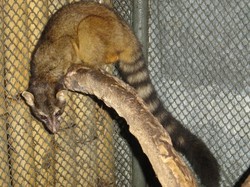

 Are Hawaiian Huakai Po Nightmarchers Avenging Halloween Thursday?on 10/02/2024
Are Hawaiian Huakai Po Nightmarchers Avenging Halloween Thursday?on 10/02/2024
 Mailing Addresses for 2023 Form 4868 Extending 1040 and 1040SR April 15, 2024, Due Dateon 04/15/2024
Mailing Addresses for 2023 Form 4868 Extending 1040 and 1040SR April 15, 2024, Due Dateon 04/15/2024
 Mailing Addresses for 2023 Forms 1040 and 1040SR Filed in 2024on 04/15/2024
Mailing Addresses for 2023 Forms 1040 and 1040SR Filed in 2024on 04/15/2024
 Mailing Addresses for 2022 Form 4868 Extending 1040 and 1040SR April 18, 2023, Due Dateon 04/13/2023
Mailing Addresses for 2022 Form 4868 Extending 1040 and 1040SR April 18, 2023, Due Dateon 04/13/2023

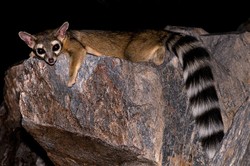
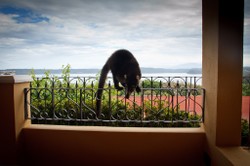
Comments